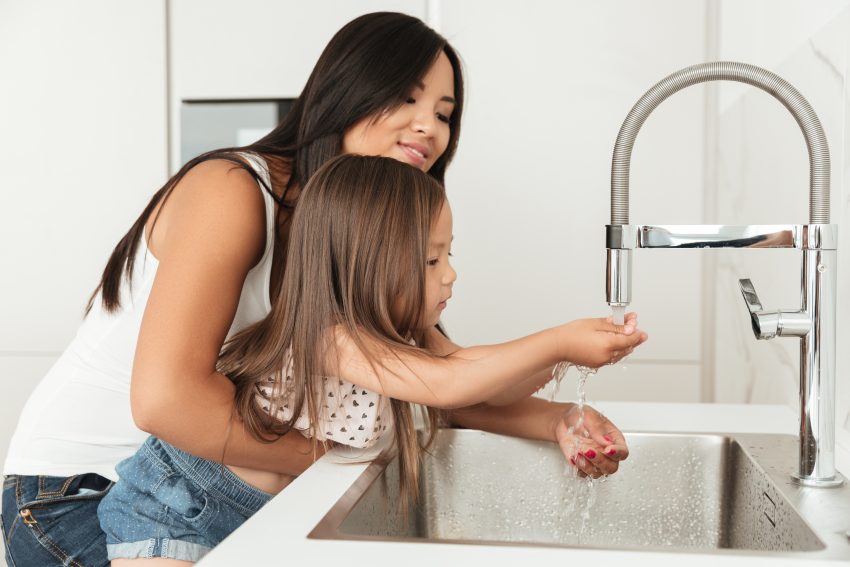Plumbing emergencies are just that — unexpected and unpredictable events that can leave your home with major leaks, flooding, and even permanent water damage. Avoid costly repairs and water damage restoration by taking proactive steps to prepare for the event of a plumbing emergency. What constitutes a plumbing emergency, and what can you do to mitigate damages should one occur?
What Is a Plumbing Emergency?
There are several events that qualify as a plumbing emergency and have the potential to cause considerable water damage if left unchecked. These emergencies include:
Burst pipes – Typically, pipes may burst or rupture after experiencing extreme temperature changes. Burst pipes are most common during cold winter months when pipes may freeze over and then begin to unfreeze. As far as plumbing emergencies go, burst pipes often take the cake. Without proper interventions, burst pipes may flood your home with 100 gallons of water in as little as eight hours.
Faulty or damaged water lines – Underground water lines are especially vulnerable to damages. Roots may grow over time, ultimately puncturing water lines and causing them to leak. Because water lines are buried underground and therefore are difficult to see, it is not uncommon for homeowners to accidentally rupture these lines while gardening or doing yard work.
Leaking washing machine hoses – Mold and rust wear away at washing machine hoses and may ultimately cause leaks and serious damage.
Using Hose Clamps to Address Plumbing Emergencies
Now that you know the most common plumbing emergencies that result in serious water damage, it is important to understand what you can do about it. For any of these emergencies, it is possible to act quickly, temporarily fix pipes and leaks, and prevent excess flooding and any related damages. What are the best ways to respond to these plumbing emergencies?
Turn off the water – In the event of just about any plumbing emergency, turning off the water immediately is a critically important first step.
Evaluate the situation – Observe what’s happening. Is there a leak? Is there a minor leak from a small pipe or a serious leak from a bigger pipe?
Use the appropriate tool or tools – For minor leaks, cover any holes with electrical tape and wrap the tape around the leaking pipe several times. For larger pipes, create a rubber patch to plug up leaks.
Use hose clamps – After plugging up leaks, use adjustable hose clamps, like stainless hose clamps, to secure the tape or patch into place. Hose clamps are designed for just that purpose; they are used to fix hoses, pipes, or lines in automotive and plumbing applications.
Plumbing emergencies can be costly and have devastating effects on your home. Stop emergencies in their tracks by turning off the water and taking advantage of the proper tools, like stainless hose clamps.


